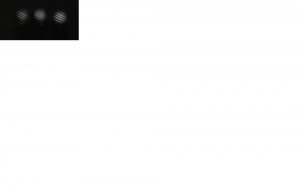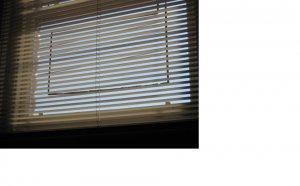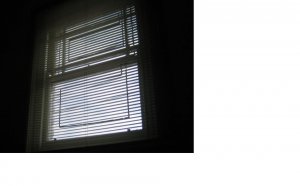Hi, Serg; good to hear from you.Date: 4/21/2008 7:08:44 AM
Author: Serg
Date: 4/21/2008 6:20:18 AM
Author: DiaGem
Serg..., how big...?Date: 4/21/2008 6:09:04 AM
Author: Serg
Date: 4/20/2008 7:26:15 AM
Author: Garry H (Cut Nut)
A perfect example of my dislike for ''features'' based grading Storm.Date: 4/20/2008 7:21:55 AM
Author: strmrdr
I have seen good graded polish on a crown facet of a EC give it a frosted look on that facet in some lighting that was eye visible.Date: 4/20/2008 7:15:40 AM
Author: DiaGem
Garry..., what is the visual difference between an excellent polish and good polish IF you dont use optic tools to check?
In other stones where it was a pavilion facet when looking at it lose you could see the frosted effect but face up it was not apparent.
That is why when calling in stones I say to avoid good polish on step cuts because you don''t know what facet it is and the effect it will have.
I would prefer benefit based grading.
We will get there.
It might take decades
Quality surface( flatness and polishing quality ) is very important for brightness of Flashes , specially if distance between diamond and observer is big
Do you honestly claim that minor polishing lines/fissures will effect the flashes to a noticeable extent that can be differentiated by unaided vision?
Interesting..., and I would be interested to hearing more...
Diagem,
Take distance between source light and observer 3 meters. Pupil size will 0.01 degree
Take 1 ct round cut
Width of girdle pavilion facet is 400 microns
If flatness is 5 microns
Roundness of pavilion facets will 0.7 degree
Such non flat facets will spread energy from 0.01 degree to 1.5 degree. Brightness will in 100 times less
Of course it is very draft calculations for WHITE flash ( for color flash result will in 2-3 times less only) and real roundness could be much less
It is just simple example why flatness is so critical and why diamond could have much more bright flashes than CZ
Flatness is SO important to apparent brightness. The suddenness of ON-OFF reflections is a major factor in attracting the brain''s attention. This is discussed in "Seeing the Light", Chapter 7. You are familiar with this, but for the interest of readers here are some quotes:
"... the visual system only reports the exciting news, the changes that it sees."
"... the overall light level is less important than the local variations in it."
"... your brain is less interested in the overall illumination than it is in the relative light intensity."
"... an edge, where the light intensity changes rapidly from brighter to darker is more noticeable."
"... your retina ... responds only if there is a change in stimulation in time,"
The flatter the facet, the sharper the edge = the more sudden the flash.
Watch native-cut colored stones on TV marketing shows: as the stone revolves you can see the reflections movel across the facets. On Brazilian stones it is particularly interesting to watch it roll over one edge of each facet - caused by flopping each facet down onto the lap (Glenn Vargas pointed this out years ago - perhaps it has improved).
On the subject of polish smoothness, I show people the light bulb brand and data in its reflection !
It is important to note that flatness and smoothness are two different things; I also look for the light bulb data when polishing a cabochon, which is far from flat.









300x240.png)